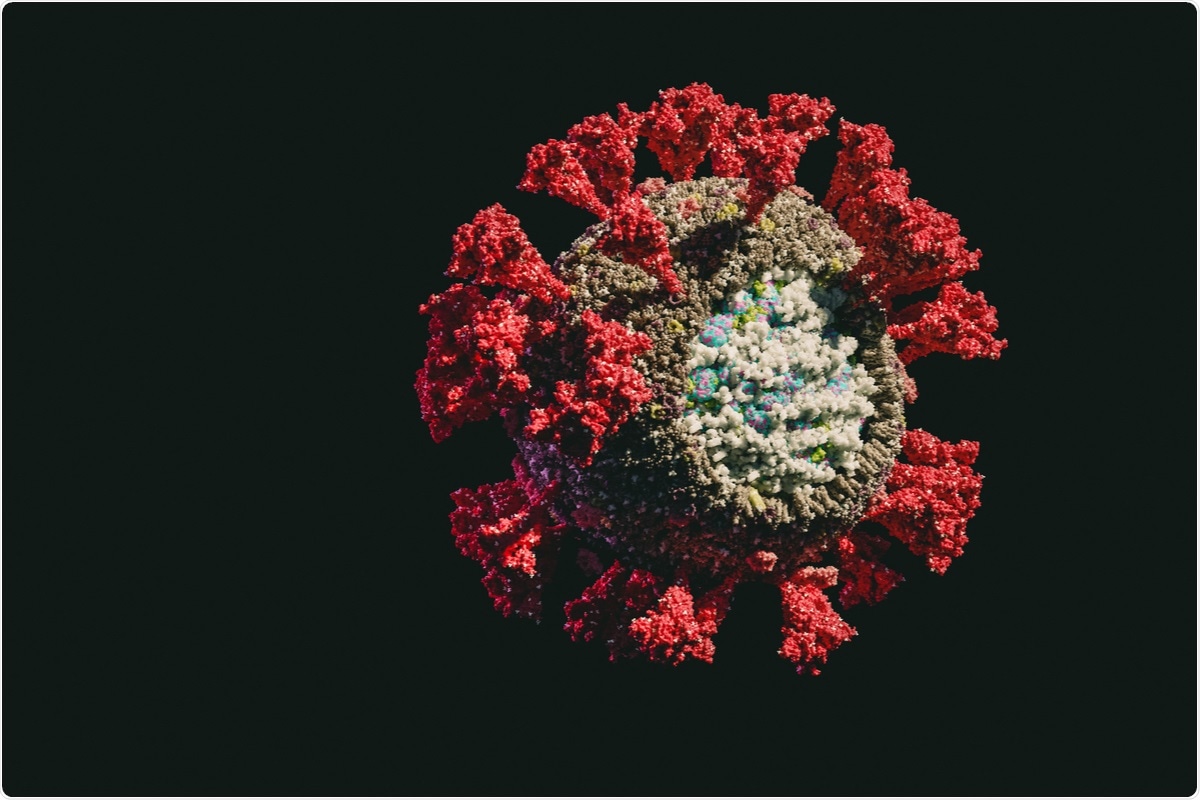Discovery of SARS-CoV-2–induced pathways uncovers groundbreaking drug repurposing strategies

The rapid worldwide spread of severe acute respiratory syndrome coronavirus 2 (SARS-CoV-2) has created an urgent need for effective therapeutics to contain the ongoing coronavirus disease 2019 (COVID-19) pandemic. The availability of a global proteomics dataset has opened avenues for a better understanding of the mechanism through which the virus infects host cells, which in turn involves various protein interactions.
The identification of directly interacting proteins (DIPs) and differentially expressed proteins (DEPs), alongside advancements in interactome analysis and transcriptomics, have helped identify novel target molecules.
The outcome of these studies also aids in drug repurposing strategies, where the approved drugs could be used to target the identified proteins or disrupt their pathways such that they can inhibit viral infection. The effective drug could be used for the treatment of COVID-19 disease. Systematic analysis of these datasets could bring about more effective therapeutic intervention.

A new study has been published in Science Advances that exploits proteomics datasets to develop an agnostic network for SARS-CoV-2–induced pathways, thereby unveiling novel targets and potential repurposing strategies.
Drug repurposing strategies using computational biology and machine learning
The researchers used several computational approaches, such as bespoke methods for data integration, computer simulation, network analysis, and machine learning to determine novel SARS-CoV-2–induced pathways. These pathways could be targeted to develop treatment by repurposing existing and approved drugs.
Network analysis was applied for the evaluation of genetic datasets to determine unique markers for a specific disease. Artificial neural networks were also used to systematically study the mechanism of action (MoA) for the drugs.
The team also used agnostic construction of a SARS-CoV-2–induced protein (SIP) network and the applied novel algorithms to identify new targets and conducted an in-silico network-based proximity measure analysis on the key proteins of the SIP network at 6 and 24 hours after infection.
The identification of new drugs for COVID-19 treatment
The study authors successfully identified 200 approved drugs, along with their MoA, that could potentially be used for COVID-19 treatment. Presently, 20% of these drugs are undergoing clinical trials. In the context of MoA of the drugs that are undergoing COVID-19 clinical trials, 30 of the drugs are based on inhibition of viral replication, whereas only 10 are based on immune response activation.
The authors also conducted an extensive analysis that included characterization of all the 200 drugs and their target proteins and mapping them into nine pathway clusters.
Two drugs were identified, namely, sulfasalazine and proguanil, that could lower the rate of SARS-CoV-2 viral replication in cellular assays. Therefore, researchers believe that these drugs could be effectively used to treat SARS-CoV-2 infection.
MoA of the identified drugs
The method of analysis of the current study revealed which biological pathways change significantly during infection, with prominent increases in proteins involved in virus replication within 24 hours. Nitric oxide (NO) is essential for viral synthesis.
During viral infection, SARS-CoV-2 Orf8 binds to γ-glutamyl hydrolase (GGH) and controls the production of NO. Additionally, the auxiliary pathway can also indirectly aid in the synthesis of NO while mediating the synthesis of NADP.
Sulfasalazine and proguanil invade both of these pathways and inhibit the production of NO. Sulfasalazine targets the NF-κB inhibitors (NFKBIA and IKBKB) and CYP450 enzymes, whereas proguanil targets DHFR and CYP450 enzymes and also interacts with their associate proteins.
Currently, sulfasalazine is used as an anti-inflammatory drug against autoimmune disorders. As this drug has shown dual-action – i.e., antiviral as well as anti-inflammatory action – it has further increased the scope for being used for the treatment of COVID-19. Proguanil, in combination with atovaquone, is used to treat malaria. Both sulfasalazine and proguanil are known to be well-tolerated drugs and possess excellent safety profiles.
What is the significance?
This study holistically mapped the protein interactions that are significantly affected during SARS-CoV-2 infection by uncovering the hidden layer between the DIP and DEP. The shortlisted drugs were subjected to network analysis to predict the MoA of the drugs. The drugs which could inhibit viral replication were tested in monkey cell VeroE6 and human Calu-3 cells to further check their efficacy.
This research has uncovered 160 approved, potential drugs which are not currently under clinical trials but could be effective for the treatment of COVID-19. Researchers are optimistic that their data-driven computational approach could be useful for fighting the continuously emerging SARS-CoV-2 variants rapidly. This strategy could also be used to combat future pandemics or other non-infectious diseases.
- Han, N. et al. (2021). Identification of SARS-CoV-2–induced pathways reveals drug repurposing strategies. Science Advances, 7(27), https://doi.org/10.1126/sciadv.abh3032, https://advances.sciencemag.org/content/7/27/eabh3032.
Posted in: Medical Science News | Medical Research News | Disease/Infection News | Healthcare News
Tags: AIDS, Anti-Inflammatory, Cell, Coronavirus, Coronavirus Disease COVID-19, Drug Repurposing, Drugs, Efficacy, Genetic, Immune Response, Infectious Diseases, Interactome, Machine Learning, Malaria, Nitric Oxide, Pandemic, Protein, Proteomics, Research, Respiratory, SARS, SARS-CoV-2, Severe Acute Respiratory, Severe Acute Respiratory Syndrome, Syndrome, Therapeutics, Transcriptomics, Virus

Written by
Dr. Priyom Bose
Priyom holds a Ph.D. in Plant Biology and Biotechnology from the University of Madras, India. She is an active researcher and an experienced science writer. Priyom has also co-authored several original research articles that have been published in reputed peer-reviewed journals. She is also an avid reader and an amateur photographer.
Source: Read Full Article